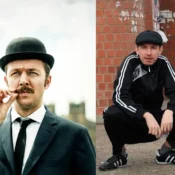The most unique thing about Košice? Crazy XX. century.
If you prefer stability, consider moving to New Zealand. If you’re interested in witnessing history unfold before your eyes, consider relocating to Košice. Long story short: 1 city, 100 years, 7 political regimes
Let’s start with the 1900s. Košice was a small, diverse town with around 50,000 residents. At that time, it was part of the Austro-Hungarian Empire. Hungarian was the dominant language, but Slovak, German, and Yiddish were also commonly spoken.
Democratic Czechoslovakia (1918)
The first significant change came at the end of the First World War. As Austria-Hungary disintegrated, Košice became part of democratic Czechoslovakia in 1918. Czechs and Slovaks are linguistically and culturally close, so they decided to establish a common state. Additionally, they had significant electoral power, which allowed them to outvote minority groups, particularly Germans and Hungarians.
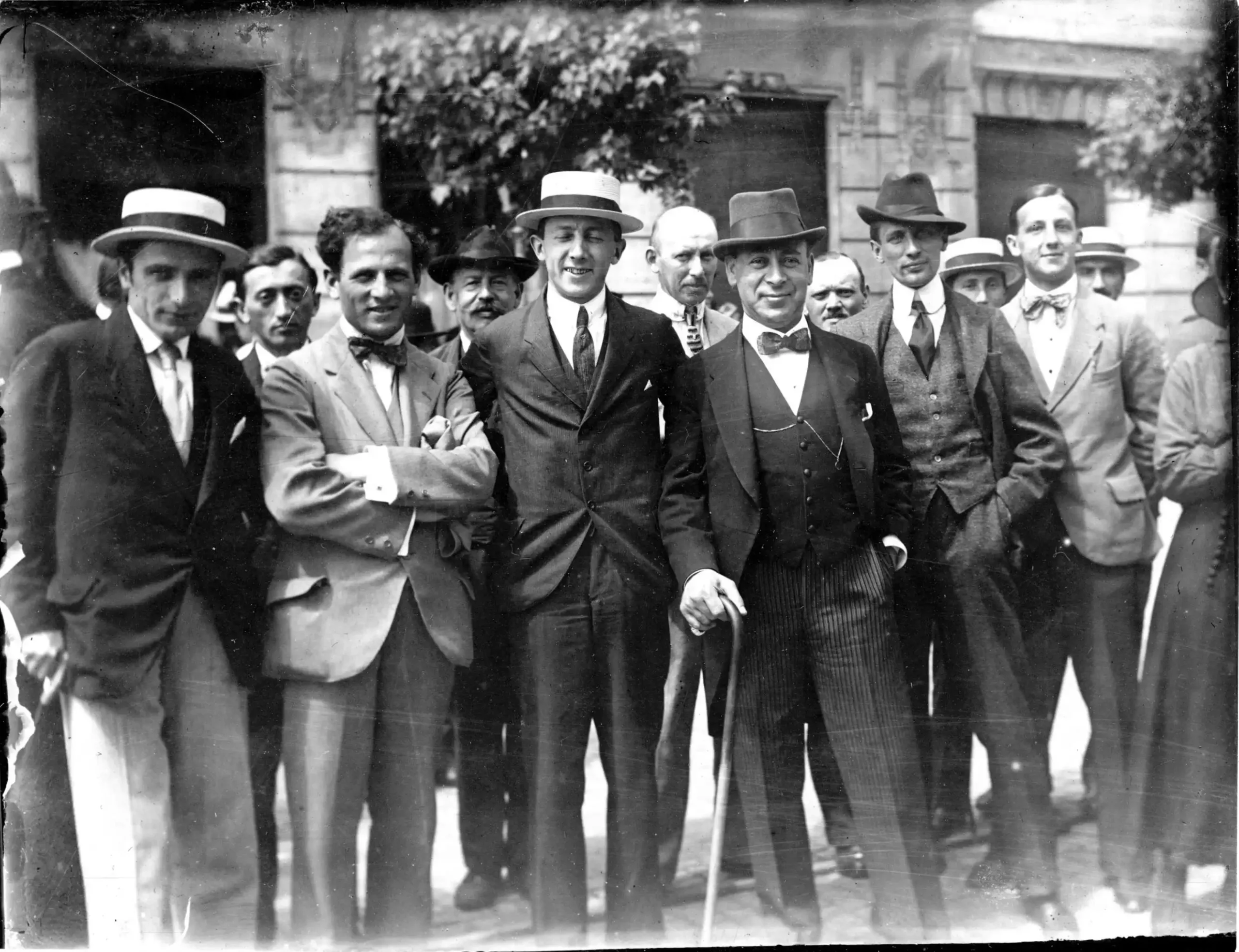
If you live in Košice, you don’t have to travel at all. Every other day you live in a different country or political regime.
my grandparents
Slovak Soviet Republic (1919)
Fortunately, this socialist experiment lasted just under a month, from June 16, 1919, to July 7, 1919. It marked the first attempt to introduce communist ideals to Košice. However, after its failure, Košice rejoined democratic Czechoslovakia.
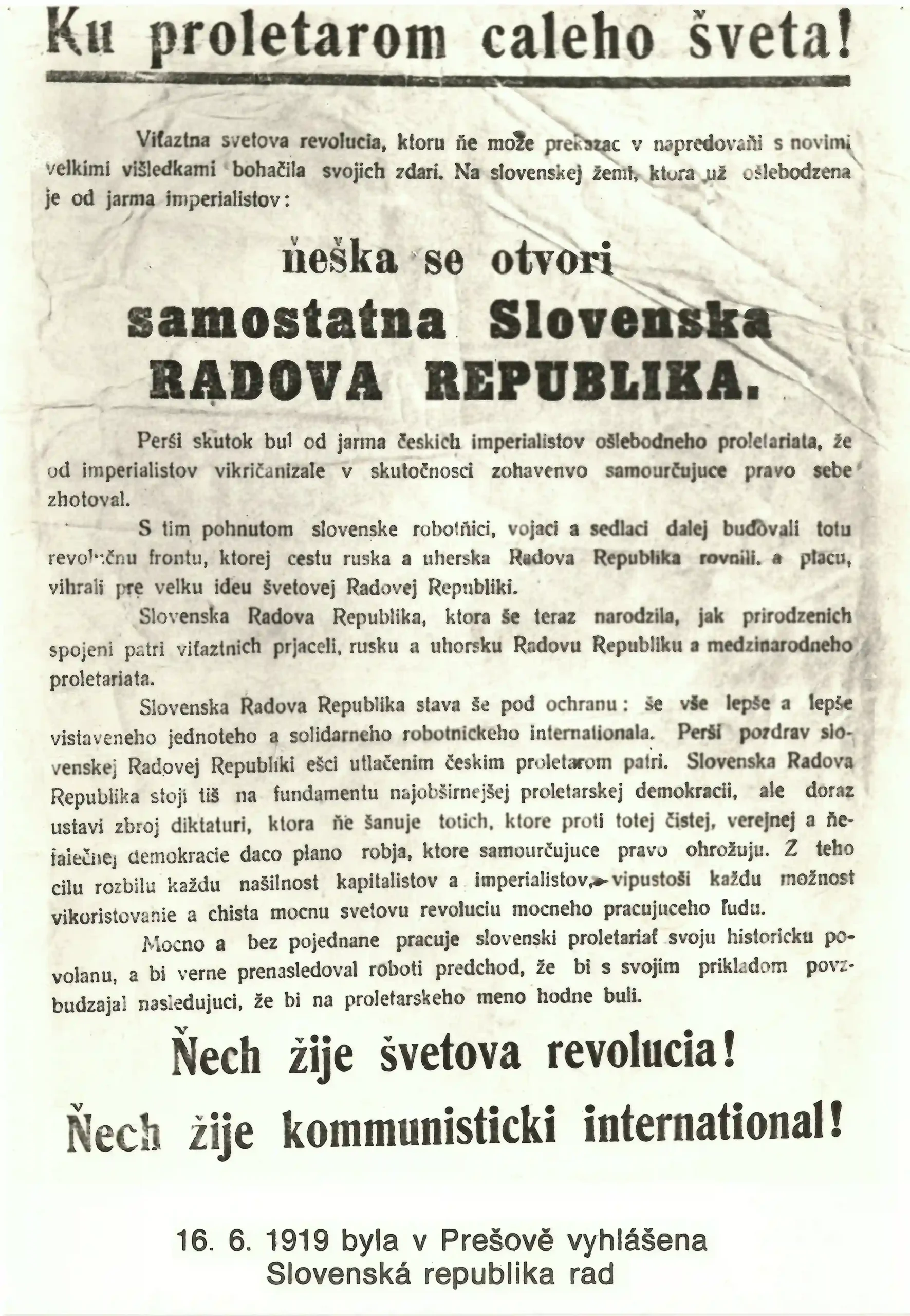
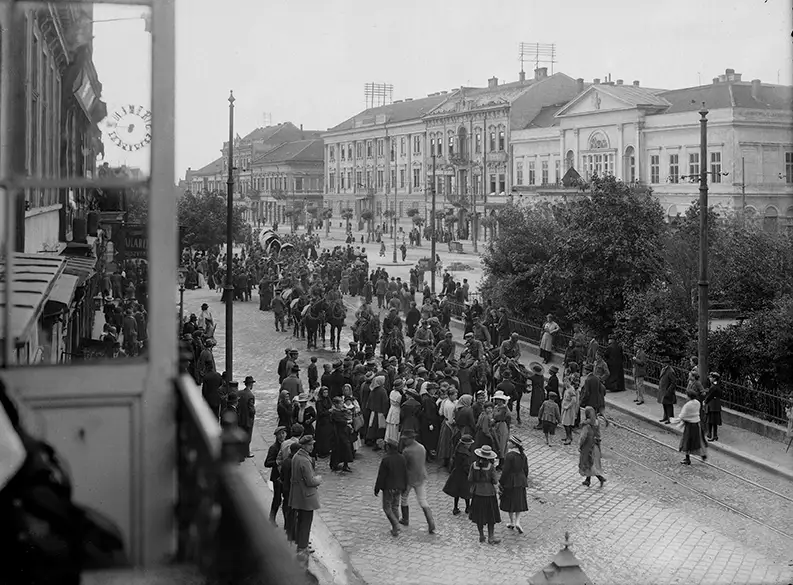
Kingdom of Hungary (1938)
The outbreak of the Second World War reshaped the map once again. While the Czech lands were invaded by the Nazis, Slovakia became a collaborating Nazi state, and Košice was once more under Hungarian control. This situation persisted until 1945. By the end of World War II, Slovakia stood on the winning side, owing to the Slovak National Uprising against the Nazis in 1944. It stood as the second most significant revolt against the Nazis in Europe, following Yugoslavia. Subsequently, Košice reintegrated into democratic Czechoslovakia.
Communist Czechoslovakia (1948)
In 1948, the communist party emerged victorious in democratic elections in the Czech lands and swiftly seized control over Czechoslovakia. Democracy and freedom were dismantled by the comrades with alarming speed. The populace lived in fear and suspicion, as numerous secret agents reported on perceived “enemies of communism”. This dreadful social experiment slowly destroyed the country’s economy and disintegrated trust among its people for generations to come. Attempts by Czechoslovakia to introduce democratic reforms in the 1960s were brutally halted by a Russian military invasion in 1968.
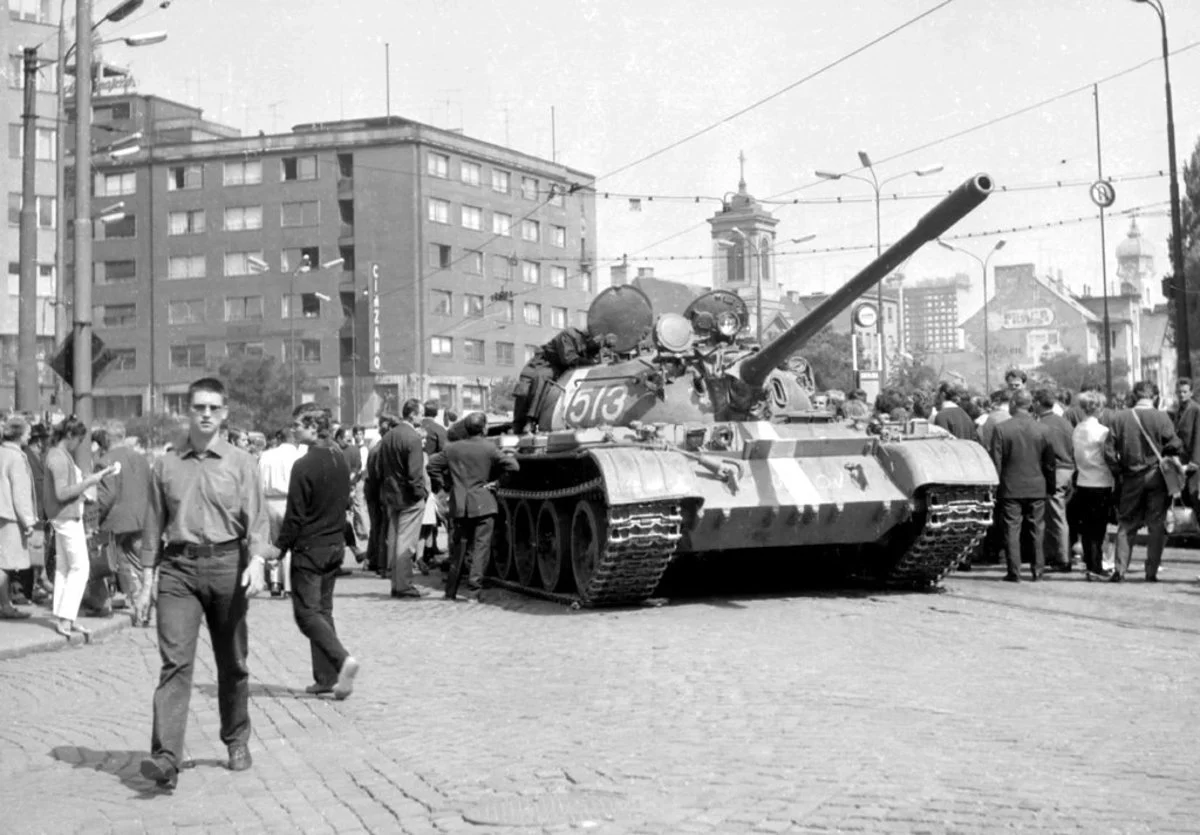
Democratic Czechoslovakia (1989)
By the late 1980s, communist regimes across the board began to collapse. The Velvet Revolution in 1989 marked Košice’s return to the civilized world, as democratic Czechoslovakia was restored once again.
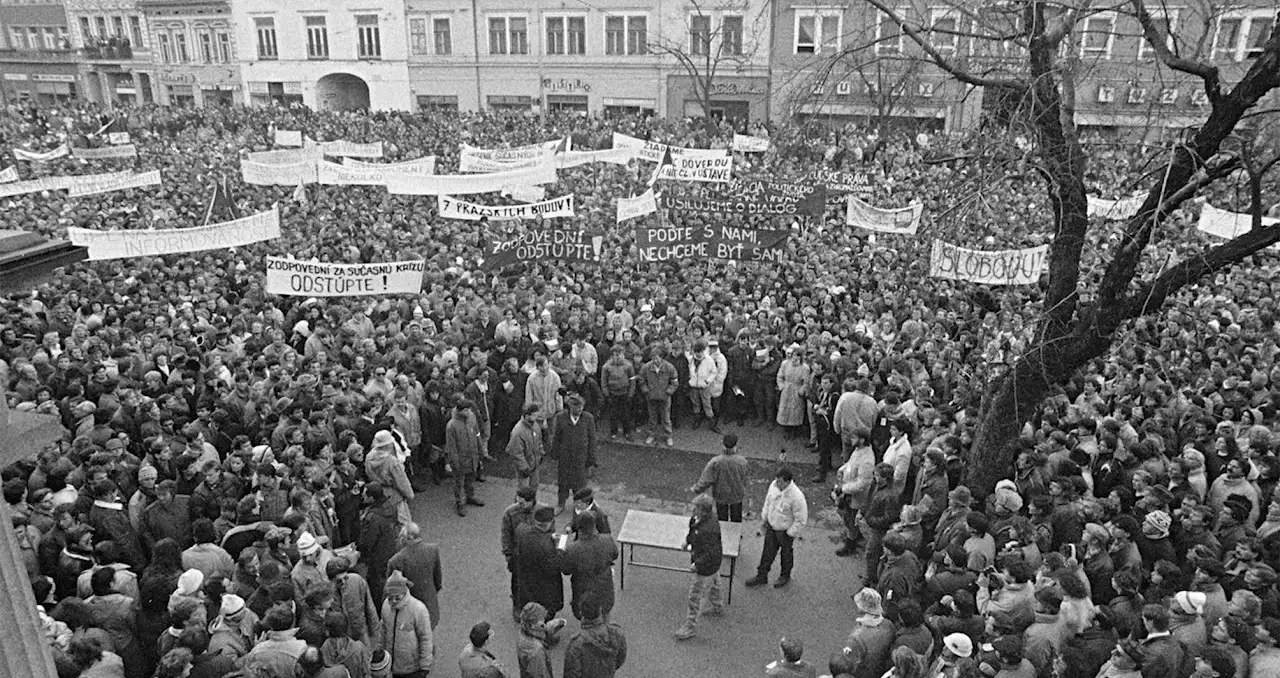
Unsuccessful petition for separation of Košice (1992)
Proud citizens of Košice were not enthusiastic about the coming Czechoslovak divorce. Rather than being part of Slovakia, many felt it would be preferable to establish Košice as a city-state. A group of intellectuals centered around the magazine Domino-fórum initiated a petition advocating for separation. However, the project ultimately did not succeed.
A divorce with Czechs – creation of democratic Slovakia (1993)
In 1993, Czech and Slovak people peacefully decided to part ways and establish their independent states. In January of that year, the democratic Slovak Republic was formed.
Recent Posts
Meet Slovak Mythical Creatures
Taste an unexpected Slovak national dish
Why we don’t like being called Eastern Europe?




